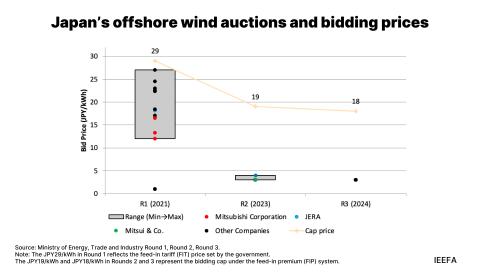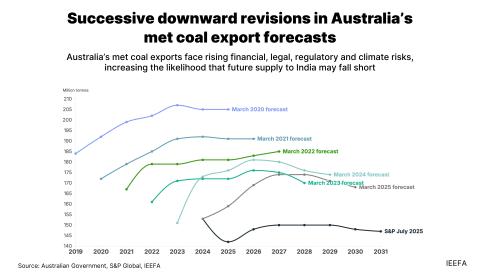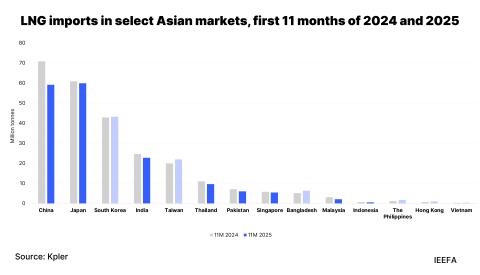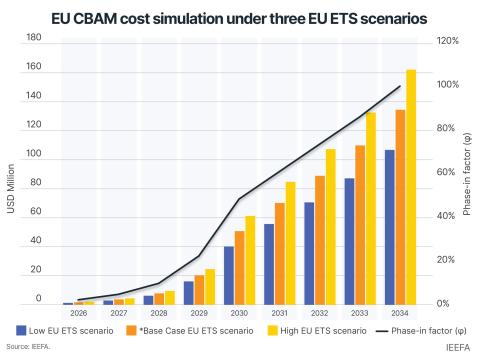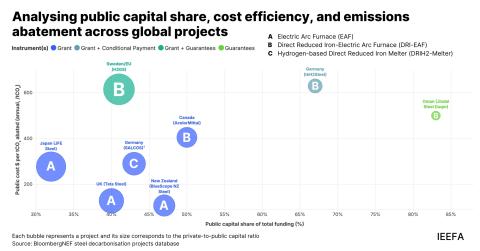Confronting climate change: Rising insurance costs can curb economic growth

Key Findings
The escalating cost of insurance is not just a financial burden, but a warning that businesses and economies must heed.
Businesses should prioritise investments in extreme weather event resilient infrastructure and focus on integrating climate-resilient practices in their value chain.
Large businesses can work with insurers to develop customised coverage plans for themselves, their suppliers and customers. This collaboration can lead to innovative products that better meet the needs of both parties.
Policymakers in the short term can consider providing subsidies or incentives for resilience-building initiatives for MSMEs. In the long term, the government should incentivise the building of a climate-resilient infrastructure ecosystem.
Climate-induced events such as floods, cyclones, landslides and heatwaves can threaten a country’s financial stability. Financial regulators, including the Reserve Bank of India, acknowledge this fact. Non-insurance can make it difficult to repair or replace infrastructure that has been damaged as a result of weather-related disasters, and prevents creditors from recovering their loans.
The recent wildfire in Los Angeles, which is being attributed by experts to climate change, comes against the backdrop of California’s top insurer cancelling hundreds of policies due to rising wildfire risk. Globally, insured losses in 2024 amounted to US$140 billion, considerably higher than the ten-year average insured losses close to US$94 billion, thanks to increased insurance payout due to extreme weather events. Smaller property and casualty insurers, such as Go Insurance Company, 1st Auto & Casualty, and Cameron Mutual Insurance Company, have gone bankrupt in the recent past as a result of such events. Even niche reinsurers like Wisconsin Reinsurance Corp. were liquidated. These events have prompted insurers to reevaluate risk, resulting in increased premiums and withdrawal of insurance from highly vulnerable markets. Uninsured losses increased from US$162 billion in 2023 to US$180 billion in 2024, which has set off the alarm bells for creditors.
India, which is also vulnerable to climate change, is facing the brunt of dynamic insurance pricing. Between 2019 and 2023, the Centre for Research on the Epidemiology of Disasters reported that climate disasters caused damage worth approximately US$56 billion. Anecdotal evidence suggests that specific sectors such as hydropower in India are experiencing substantial hikes in insurance premiums due to climate-related risks.
The lack of insurance coverage can discourage banks from providing credit to corporates; it is problematic for a country to have significantly less insurance penetration than its peers, which is the case with India. In addition, the lack of insurance poses a risk to borrowers if they do not renew their insurance amidst rising premiums – most of the time, the insurance duration is shorter than the loan tenure. Conversely, to retain business, some insurers may choose not to increase premiums significantly, but instead, reduce coverage limits or shorten coverage periods. Such measures can have an adverse effect on loans and equities. Increasing insurance premiums also deteriorate the credit profile of borrowers.
As these costs rise, businesses may need to redirect resources from growth initiatives to cover escalating insurance expenses, potentially stifling economic development and limiting investments in sustainable practices. Additionally, as operational costs increase due to higher premiums, businesses may pass these costs on to consumers, leading to inflationary pressures that could dampen economic growth and reduce consumer spending.
The escalating cost of insurance is not just a financial burden, but a warning for businesses and economies. Companies that do not adapt to changing conditions may face higher costs and potential losses from inadequate coverage. To mitigate these risks, corporations and policymakers must adopt a proactive approach to climate risk management.
First, businesses should prioritise investments in extreme weather event resilient infrastructure and focus on integrating climate-resilient practices in their value chain. This can cushion their value chain from potential extreme weather shocks.
Second, large businesses can work closely with insurers to develop customised coverage plans for themselves, and their suppliers and customers. This collaboration can lead to innovative products that better meet the needs of both parties and build a more resilient business ecosystem. For instance, Mahindra Finance and Magma HDI General Insurance Company have partnered to deliver customised solutions for Mahindra Finance’s motor and non-motor customers.
Third, policymakers in the short term must recognise the implications of rising insurance costs on economic stability. They can consider providing subsidies or incentives for resilience-building initiatives to alleviate the burden on businesses, particularly micro, small, and medium enterprises, nearly 85% of which are uninsured. In the medium term, governments should consider expanding parametric insurance as an adaptive measure for easing the blow after a climate disaster. Unlike traditional insurance, parametric insurance utilises predetermined metrics, such as rainfall levels or wind speeds, to trigger payouts. State governments (like Nagaland), cooperatives (like KCMMF) and informal worker organisations (like SEWA) are already experimenting with this model. Lessons learnt can help streamline fund disbursement to micro and small businesses operating on thin margins.
Finally, in the long term, the government should incentivise the building of a climate-resilient infrastructure ecosystem through instruments like Climate Insurance-linked Resilient Infrastructure Financing. This long-term “known price” insurance solution can provide regional coverage through local bodies. Local urban and rural bodies can be motivated to invest in resilient infrastructure by decreasing premiums as infrastructure becomes more adaptive to climate risks. The benefit of such resilient infrastructure will be manifold, including making businesses and the economy more immune to climate risks. Pilot implementations of this approach are being run in Durban, South Africa, and Makati, Philippines. India should study and customise the instrument for pilot runs in a few vulnerable cities.
As insurance premiums increase, businesses and governments must heed this warning and take proactive steps to mitigate and adapt to risks. Not taking immediate action will only jeopardise the foundations of the economy and society.
This article was first published in The Hindu BusinessLine.






